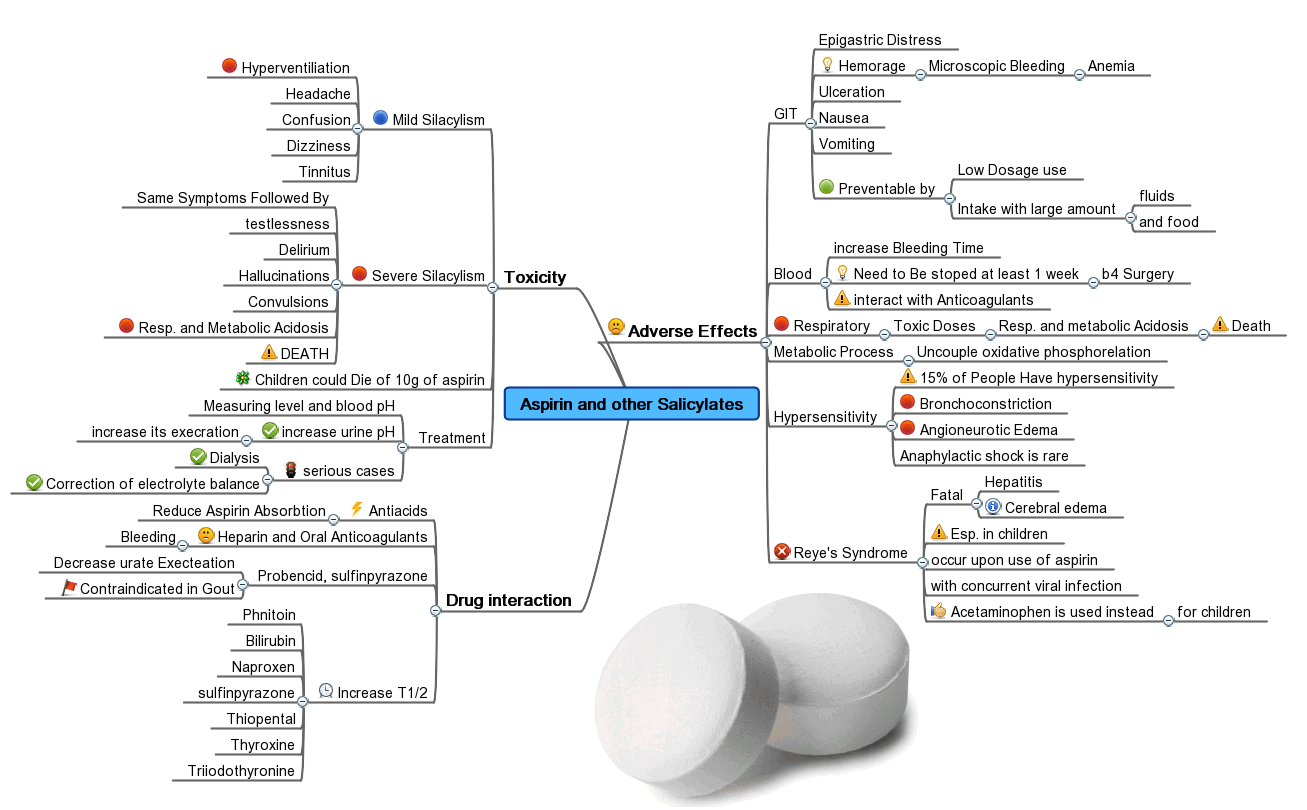Mind Maps
Each software project at IOTA is vast. As with any other complex entity, your brain cannot hold all details of it at once. Instead, it dissects that entity into large blocks. In a case of a software project these blocks could be separate program modules, classes, use cases and so on. Then you focus onto one of the blocks and dismantle it as well. You continue zooming in until you reach the level of detail that suits your momentary thought.
Remember when one of your colleagues asked for a specific tool for a task while you were sipping coffee together. You have no computer at hand, so you recall what modules or namespaces your project has, pick a fitting one, then search your memory for the right class and then a function.
Your brain builds hierarchies all the time, zooming in and out without you noticing it. This comes with a cost, however. The more you switch your focus, the faster you get tired. Some aspects you remember better, and others are harder to recall.
If you have a clear picture before your eyes, this could help. A mind map is exactly that — a diagram of a subject that splits it into separate ideas, and ideas into more ideas.
Take a look at the example below. Besides other properties, aspirin has a number of side effects. Namely, it thins your blood so you should be wary of using it with anticoagulants. We traversed three concepts in two sentences: aspirin properties, adverse effects, and blood-related problems of administering it. The author could elaborate and describe how a doctor should adjust the dosage for different anticoagulants, but Madhero88 found it unpractical.
 By Madhero88, licensed under CC BY 3.0
By Madhero88, licensed under CC BY 3.0
Any time you switch your focus, you can take a look at your mind map and see the list of all aspects of whatever you are thinking about. You still cannot consider the whole project at once, but a mind map helps your brain to traverse it.
No two minds think alike, and it is up to you to decide how do you use this tool. You could make a single giant map or have several mind maps of separate topics. You could stick to a bigger picture or write down every minute detail. There are different perspectives, too. Do you describe your project's architecture, or the ways the users interact with it?
Do not bother thinking whichever you do it right or wrong or if you list wrong topics. Whatever keeps you throwing topics on the board is right. Whatever slows you down is wrong. You can refine your mind map later, when there is nothing left to add.
You can scribble a quick mind map on a sheet of paper, but that would be awkward to edit, it could grow too large, and you would have trouble discussing it in a call. You have no such problems with Miro, which has a built-in template for mind maps.